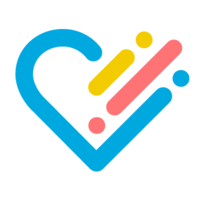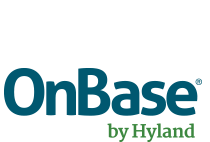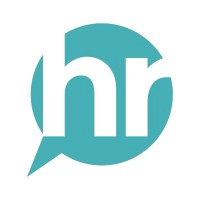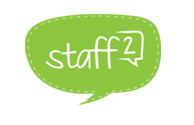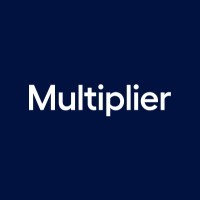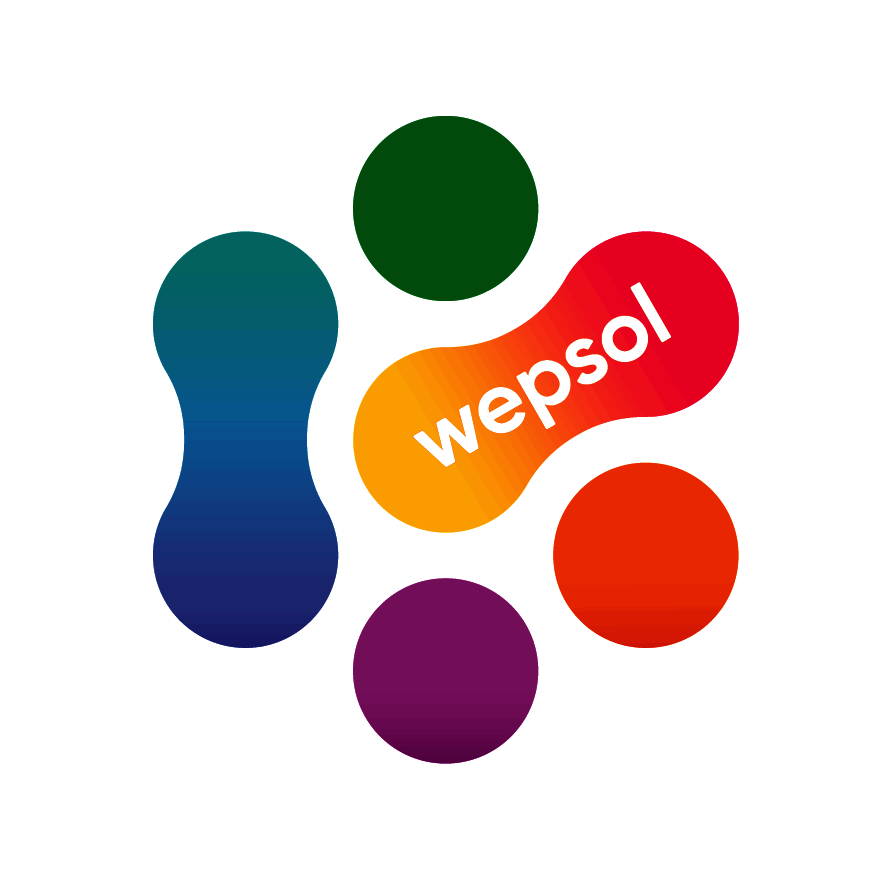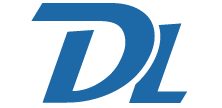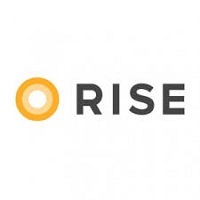What Is Employee Record Software?
A digital tool called employee record software was created to assist businesses in effectively managing and preserving employee data in a single database. It helps companies to make data-driven decisions, guarantee labor law compliance, and optimize their HR procedures. Employee record software essentially operates as a digital filing cabinet where all employee-related documents, including contracts, performance reviews, and resumes, are kept.
It lowers the possibility of human error and does away with the necessity for manual record-keeping. HR managers can quickly access, update, and monitor employee records in real time with this program. Employee record software has capabilities including employee profiles, leave and attendance tracking, performance management, and reporting in addition to document storage.
These technologies support HR departments in maintaining organization, tracking worker productivity, and producing reports for audits or performance reviews. Additionally, self-service portals are provided by certain employee record software so that staff members can update personal data, request time off, and view their own records. Employees are given more authority to manage their own records, which lessens the workload for HR departments.
To guarantee data security and regulatory compliance, purchasers should search for features like data encryption, customized access rights, and data backup when contemplating the purchase of employment record software. In order to handle future expansion and interface with other HR systems, they should also take into account the software's scalability and integration capabilities.
What Are The Recent Trends In Employee Record Software?
In order to effectively manage and preserve employee data, modern enterprises now require employee record software. There are ongoing advancements and trends in this software category as technology keeps improving. Keeping abreast of these current developments will assist purchasers in selecting the best employee record software for their company.
1. Cloud-Based Solutions: The move to cloud-based solutions is one of the largest developments in employee record software. These systems eliminate the need for actual servers or installations and facilitate simple accessibility, collaboration, and data storage. Customers favor this trend because it provides flexibility and ease for companies of all sizes.
2. Automation And Artificial Intelligence (AI): It should come as no surprise that personnel record software is integrating these technologies given their growing usage across a range of sectors. AI can save time and minimize human mistake by assisting with tasks like data entry, document management, and analysis. As AI technology develops and becomes more widely available, this tendency is expected to continue.
3. Mobile Accessibility: As remote work becomes more common, mobile accessibility is now a critical component of software for employee records. Mobile apps make the process more convenient and efficient by enabling managers and staff to view and update information while on the go. When selecting a software solution, purchasers should take this tendency into account as it addresses the evolving dynamics of the modern workplace.
4. Integration With HR And Payroll Systems: In order to manage employee data more effectively and efficiently, employee record software is currently being integrated with other HR and payroll systems. This trend lowers the possibility of errors and does away with the requirement for human data entry. When searching for software that will work well with their current systems, buyers should have this in mind.
5. Data Security And Compliance: Businesses must make sure that their personnel records are secure and compliant as data privacy rules continue to change. Software with sophisticated security features like encryption, role-based access, and data backup has been developed as a result of this trend. To safeguard sensitive employee data, buyers should give top priority to software solutions that emphasize data security and compliance.
Benefits Of Using Employee Record Software
Employee record software is a valuable tool for any organization, big or small. It streamlines and automates the process of managing employee information, saving time and effort for HR professionals and increasing overall efficiency. In this buyer’s guide, we will discuss the essential benefits of using employee record software and how it can benefit your business.
1. Centralized Data Management: One of the primary benefits of using employee record software is that it allows you to store all employee information in one centralized location. This means no more searching through multiple spreadsheets, emails, or physical files to find the information you need. With just a few clicks, you can access and update employee data, making the process faster, easier, and more accurate.
2. Improved Data Security: Employee record software also offers better data security compared to traditional methods of record-keeping. It allows you to set user permissions, ensuring that only authorized personnel have access to sensitive employee information. With regular data backups and robust security measures in place, you can rest assured that your important data is safe and secure.
3. Efficient Tracking And Monitoring: Keeping track of employee data manually can be a time-consuming and tedious task. With employee record software, you can easily monitor and track essential employee information such as attendance, performance, and leaves. This helps you identify any patterns or issues, enabling you to take corrective actions in a timely manner.
4. Streamlined HR Processes: Employee record software automates various HR processes, from onboarding new employees to managing benefits and payroll. This significantly reduces the time and effort required for administrative tasks, allowing HR professionals to focus on more strategic aspects of their job. It also minimizes the chances of human error, ensuring accurate and timely processing of employee information.
5. Better Employee Self-Service: Employee record software often comes with a self-service portal, allowing employees to access and update their information through a secure platform. This eliminates the need for employees to constantly approach HR for minor changes or updates, saving time for both parties. It also promotes transparency and empowers employees to manage their data, resulting in improved employee satisfaction.
Important Factors To Consider While Purchasing Employee Record Software?
When it comes to managing employee records, having the right software is crucial for any organization. With so many options available, choosing the best employee record software can be overwhelming for buyers. To make your purchasing decision easier, here are some important factors to consider:
1. User-Friendly Interface: One of the key factors to consider while purchasing employee record software is its user interface. The software should have a clean and intuitive interface, making it easy for HR personnel to navigate and use all the features effectively. A user-friendly interface will also reduce the learning curve for new employees, ensuring a smooth transition to the new software.
2. Customizability: Every organization has different needs and workflows, so it is important to choose employee record software that offers customizability. Look for software that allows you to create custom fields, reports, and workflows to suit your specific requirements. This will improve efficiency and streamline processes within your organization.
3. Data Security: Employee records contain sensitive information, such as personal details, salaries, and performance reviews, so it is vital to choose software that prioritizes data security. Ensure that the software has advanced security features like data encryption, multi-factor authentication, and regular data backups to protect your employee data from cyber threats.
4. Integration With Other Systems: In today's digital age, it is essential that employee record software can integrate seamlessly with other systems, such as payroll and performance management software. This will eliminate the need for manual data entry and reduce the chances of errors, saving time and improving accuracy.
5. Mobile Accessibility: With the increasing trend of remote work, having mobile accessibility for employee record software has become a necessity. This allows HR personnel to access and update employee records on-the-go, making it convenient and efficient for both employees and managers.
6. Customer Support: When investing in employee record software, it is crucial to consider the level of customer support offered by the vendor. Look for software that provides timely and responsive customer support, whether it be through phone, email, or live chat. This will ensure that any technical issues or questions are promptly addressed, minimizing disruption to your HR processes.
What Are The Key Features To Look For In Employee Record Software?
It's crucial to search for essential features that will satisfy your business's requirements and boost productivity when thinking about investing in employee record software. When weighing your options, bear the following important points in mind:
1. Comprehensive Employee Information Management: The capacity to store and manage all employee information in one location is one of the key characteristics of employee record software. Personal information, employment history, performance reviews, and any other pertinent documents are included here. Verify if the program makes it simple to enter and retrieve this data.
2. Customizable Reporting And Analytics: To assist you in tracking and comprehending your workforce data, a quality employee record software should provide customizable reports and analytics. This can help with trend analysis, decision-making, and enhancing personnel management tactics. Seek out software that allows you to produce customized reports and provides a range of report templates.
3. User-Friendly Interface: To make it simple for managers and staff to use, the software should have an intuitive user interface. To cut down on confusion and save time, it should have an intuitive design, easy navigation, and a clear structure.
4. Accessibility And Security: Employee record software must be available from anywhere, as remote and flexible work arrangements are becoming more common. To ensure that authorized users may access the data at any time and from any location, look for software that provides safe, cloud-based storage.
5. Integration With Other HR Systems: A company's HR procedures in the current digital era involve a number of systems. Make sure the software you select is compatible with other HR systems, including as time tracking tools, payroll, and benefits administration. Processes will be streamlined, and redundant data entering will be prevented.
6. Monitoring And Controlling Employee Time Off: A lot of employee record software has tools for monitoring and controlling employee time off requests, such as personal, sick, and vacation days. This can guarantee that corporate policies are appropriately implemented while reducing misunderstandings and disputes.
7. Mobile Access: Software that has a mobile application or is designed for mobile use is crucial to take into account given the growing usage of smartphones in the workplace. This makes it possible for managers and staff to access data and complete tasks while on the go.
8. Adherence To Employment Laws: Employment-related rules and regulations are always changing. Choose software that stays current with employment rules and regulations, especially those pertaining to employment records and data security, to steer clear of legal problems.
Why Do Businesses Need Employee Record Software?
For companies of all sizes, employee record software is becoming a need rather than a luxury. Employers must have current, reliable information about their employees on hand in the fast-paced, fiercely competitive business world of today. This is where employee record software is useful since it provides a consolidated, well-structured platform for managing, storing, and retrieving all employee data.
Businesses require employee record software mostly for compliance reasons. Companies must monitor employee records to make sure they are complying with all legal obligations, as employment rules and regulations are always changing. Personal data, employment contracts, performance reviews, and any disciplinary measures taken against staff members are all included in these documents.
Software for personnel records also helps companies save time and money by streamlining HR procedures. HR managers can instantly retrieve any employee information with a few clicks using software, but manual record-keeping can be laborious and prone to mistakes. This gives them more time to devote to more worthwhile endeavors like staff engagement and development.
Software for employment records also improves data security and accuracy. These digital software solutions provide a safe and structured method of preserving employee data, in contrast to paper-based records that are vulnerable to loss, theft, or damage. In addition to protecting sensitive data, this facilitates the tracking of record modifications and creates an audit trail for future use.
The capability of employee record software to monitor and evaluate worker performance is another important benefit. Businesses may learn more about employee productivity, pinpoint areas for development, and recognize and reward high performers with capabilities like time monitoring, project management, and performance assessments.
How Much Time Is Required To Implement Employee Record Software?
A number of variables, including the size of the business, the software's complexity, and the degree of customisation necessary, might affect how long it takes to adopt employee record software. However, integrating and implementing the software completely can take a few weeks to several months on average. Understanding the particular demands and requirements of the business is the first step in the process.
This entails examining the data to be transferred, the existing record-keeping practices, and any particular functionalities that the program must have. It may take a few weeks to finish this first phase. Setting up and customizing the software to meet the demands of the business comes next after it has been chosen and acquired. This may entail importing data, setting up various modules, and ensuring that the program works well with other current systems.
This stage may take a few weeks to a month, depending on the software's complexity and the volume of data that needs to be moved. Testing and training come next after the software has been configured and modified. To make sure that every employee is knowledgeable about the software and capable of using it efficiently, this stage is crucial. Making any necessary software changes and providing all staff with comprehensive training may take a few weeks.
The software is finally prepared for use in record-keeping after it has been fully integrated and all staff members have received training. But it's important to remember that the process of implementation doesn't stop here. It can be necessary to do routine maintenance, upgrades, and troubleshooting, which can increase time.
What Is the Level of Customization Available in Employee Record Software?
The degree of customization available in employee record software might vary significantly when it comes to handling personnel records. While some software may only offer minimal customization possibilities, others give a great deal of freedom to help you customize the program to meet your unique needs. The user interface is one factor to take into account when examining the degree of customisation available in employment record software.
Is it possible to alter the software's layout and appearance to match the style and branding of your business? This is particularly crucial if you intend to grant several staff access to the software. The capacity to add and modify fields in the employment record is an additional factor to take into account. This enables you to incorporate every piece of information that is required for every employee, including their department, job title, contact details, and more.
Furthermore, certain software might let you design bespoke fields for particular facts that are exclusive to your business or sector. It's crucial to search for software that lets you configure permissions and access levels for various people in order to maintain security. This guarantees that only authorized individuals can access important information.
The degree of personalization also extends to the software's analytics and reporting features. Is it possible to generate personalized reports for data analysis and key performance indicators? Making data-driven decisions for your company and spotting areas for improvement can both benefit from this. It's also important to think about if the software can be integrated with other programs that your business may already be using, like performance management or payroll software. This can improve employee record management's efficiency and personalization even more.
Which Industries Can Benefit The Most From Employee Record Software?
Businesses of all sizes seeking to enhance their human resources management procedures can benefit greatly from the use of employee record software. Numerous industries can profit from the many efficiency and advantages that this software can offer, from small startups to major businesses. We will go over which industries stand to gain the most from the use of employee record software in this buyer's guide.
1. Manufacturing Sector: The manufacturing sector is renowned for its extensive workforce and intricate procedures. The administration of employee data, including attendance, performance, training, and certifications, can be made more efficient with the use of employee record software. In order to guarantee a knowledgeable and effective staff, this software can also help with tracking employee growth and identifying skills shortages.
2. Healthcare Sector: The healthcare sector is heavily regulated and necessitates meticulous documentation in order to maintain compliance. Maintaining accurate and current personnel records, including background checks, licenses, and certificates, can be aided by employee record software. Additionally, it can expedite the onboarding process for new hires, guaranteeing that they receive the necessary training and have access to pertinent data.
3. Retail Industry: Employee record software can be quite helpful in the retail industry for tracking attendance and managing staff schedules. In addition to lowering scheduling disputes and increasing worker efficiency, this software can help create equitable and balanced schedules. In order to maintain appropriate personnel numbers at all times, it can also track time-off requests and approvals.
4. Professional Services Industry: Consulting firms, law firms, and other businesses in this sector must handle a lot of client and employee data. These businesses may centralize and arrange employee data with the aid of employee record software, which will make it simple for managers and HR staff to access. Additionally, it can keep track of billable hours and expenses, which simplifies client billing and payroll administration.
5. Technology Sector: The technology sector is renowned for its dynamic and fast-paced workplace. Businesses in this sector can monitor staff performance and development with the use of employee record software. Additionally, it can help manage contractors and remote workers by making sure they have access to the tools and information they need.
Conclusion
In conclusion, maintaining efficient and well-organized personnel data management depends on selecting the appropriate employee record software for your business. We have discussed the essential aspects to consider when weighing various solutions in this buyer's guide, including performance management, employee profiles, time and attendance tracking, and HR compliance.
We've also talked about how crucial it is to take into account the software's scalability and integrations, as well as the provider's degree of customer service and training. Additionally, identifying the best software solutions for your company will be made easier if you are aware of its unique needs and objectives. Businesses of all sizes must have an effective and dependable employee record software system in the modern digital age.
In addition to enhancing HR procedures, it guarantees data security and compliance. You can make an informed choice and select the best software to fit the specific needs and financial constraints of your business by using this buyer's guide. Before deciding, make sure you do your homework, try the program, and don't be afraid to ask the vendor for trials or demonstrations.
Long-term time and resource savings as well as increased employee engagement and productivity can be achieved by investing in the appropriate personnel record software. In your quest for the ideal personnel record software for your company, we hope this guide has been useful.


